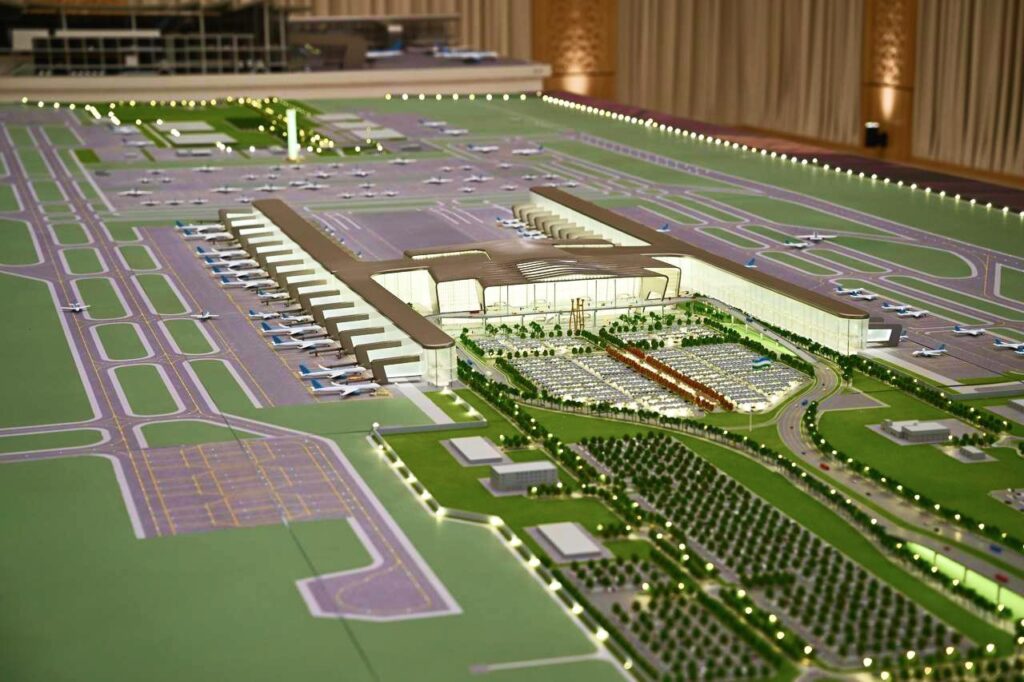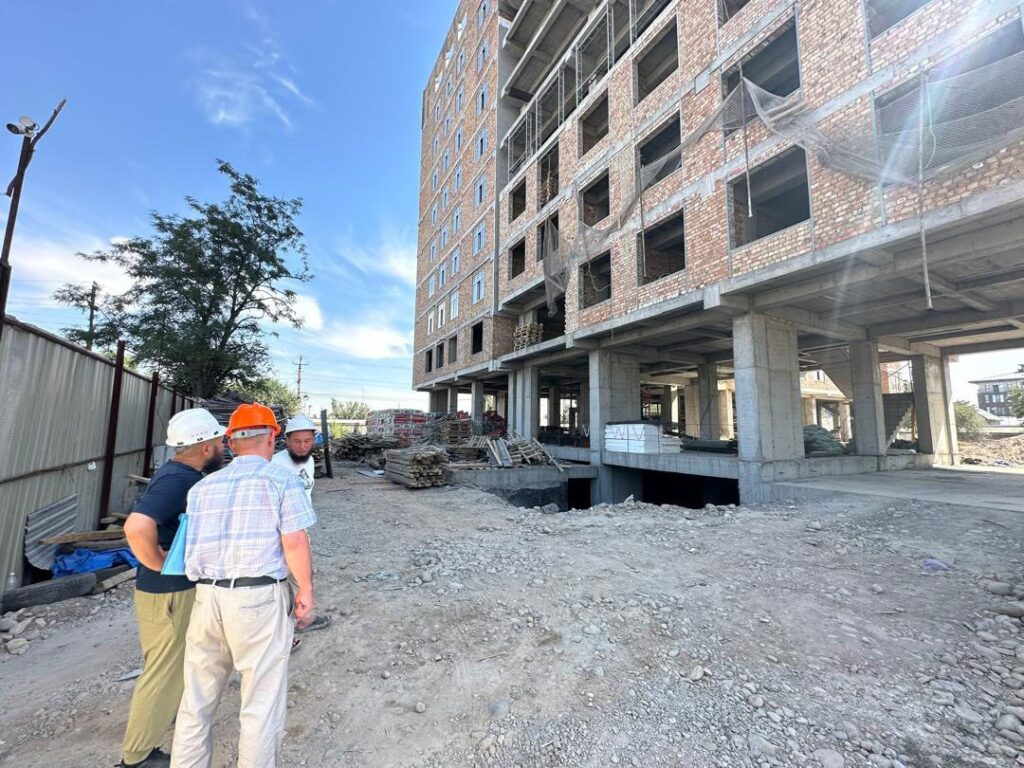Uzbekistan Begins Construction of New International Airport Near Tashkent
Uzbekistan has launched one of its largest infrastructure initiatives to date, the construction of a new international airport in the Tashkent region. President Shavkat Mirziyoyev inaugurated the project, which is being implemented by an international consortium of investors. A National-Scale Project The new airport is intended to strengthen Uzbekistan’s aviation sector and establish the country as a key transit hub between East and West. “Ultimately, our goal is to turn Uzbekistan into a major aviation hub connecting East and West, North and South,” Mirziyoyev stated. He underscored that developing transport infrastructure and modernizing air traffic management remain strategic priorities. The project is being led by a consortium comprising Vision Invest (Saudi Arabia, 45%), Sojitz (Japan, 30%), Incheon International Airport Corporation (South Korea, 15%), and Uzbekistan Airports (10%). Construction will unfold in four phases. The first stage, with an estimated cost of $2.5 billion, includes building the terminal complex and airfield. Once completed, the airport will have the capacity to handle up to 20 million passengers annually, process 129,000 tons of cargo, and support up to 30 take-offs and landings per hour. It will feature 14 telescopic ramps and parking for 62 aircraft across a 1,300-hectare site in the Urtachirchik and Kuyichirchik districts of the Tashkent region. Technology, Sustainability, and Connectivity Designed to fully comply with International Civil Aviation Organization (ICAO) standards, the airport will incorporate state-of-the-art air navigation and meteorological systems to ensure operational reliability in all weather conditions. Environmental sustainability is a key focus. It will be the first airport in Central Asia constructed in line with “green” building principles. The passenger terminal will house a 46,000 square meter duty-free zone. The facility will serve as part of a broader multimodal transport hub. It will connect directly to major regional highways, Tashkent-Samarkand, Tashkent-Andijan, and Tashkent-Bostanlyk and will feature a dedicated high-speed rail station and a shuttle service linking Tashkent and the planned city of New Tashkent. Officials project that the new airport could generate more than $27 billion in revenue and create thousands of jobs across sectors including construction, tourism, and logistics. Strengthening Uzbekistan’s Regional Aviation Role Passenger traffic in Tashkent has tripled over the past eight years, reaching 9 million annually. By 2040, it is expected to rise to 24 million. The current airport, limited to 11 million passengers and constrained by its urban location, cannot be expanded, prompting the decision to pursue the new megaproject. Nationwide, Uzbekistan is upgrading seven international airports and has built new terminals in Muynak, Kokand, Zaamin, Shakhrisabz, Saryasyk, and Sohe. The aviation sector has also seen increased competition: the number of airlines has grown to 15, and the aircraft fleet has expanded from 26 to 105 units. Within five years, officials aim to boost the fleet to 180 aircraft, expand routes to 230 destinations, and increase annual flights to 200,000.






